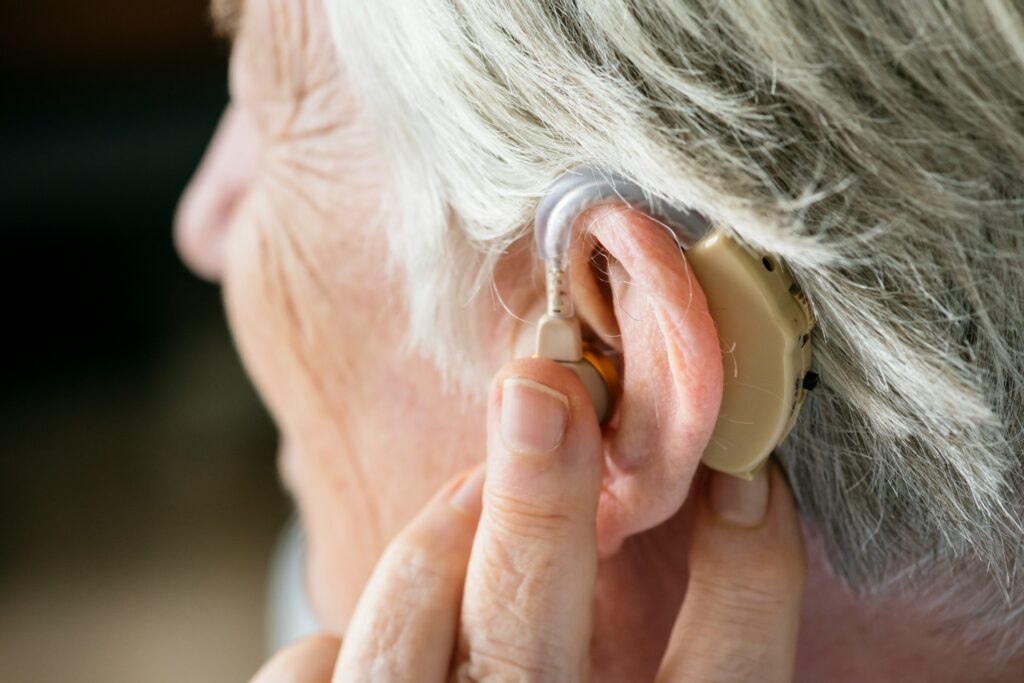Earwax, or cerumen, is more than just a sticky substance in your ears. It plays an essential role in keeping your ears healthy by trapping dirt, dust, and other particles. Earwax also protects the ear canal from infections. Despite its usefulness, sometimes earwax builds up excessively, leading to discomfort and affecting hearing.
Excessive earwax can cause symptoms like earaches, a feeling of fullness in the ear, and even reduced hearing. This can be worrying, especially if it leads to more significant issues or discomfort in daily life. Recognising the signs of earwax problems is essential to finding the right solutions.
Understanding how earwax functions and learning to manage it safely helps ensure your ears remain in good condition. While your ears often clean themselves naturally, knowing when and how to assist this process is beneficial. This blog will guide you through recognising symptoms and offer practical tips for managing earwax effectively. With a bit of care and the right knowledge, you can maintain your hearing health comfortably and easily.
Understanding Earwax Buildup
Earwax, or cerumen, plays an essential role in maintaining ear health. It acts as a natural barrier against dirt, bacteria, and other foreign particles, keeping them from reaching the sensitive inner ear. Earwax also provides lubrication for the ear canal, helping to prevent dryness and itchiness. While earwax is beneficial, it can become problematic when it builds up excessively.
Several factors can lead to excessive earwax production. Frequent use of earphones or hearing aids can push wax deeper into the ear canal, causing a blockage. Certain habits, such as inserting objects like cotton swabs into the ear, can also compact earwax and create buildup. Some people naturally produce more earwax due to genetic factors, which can lead to frequent blockages.
Recognising the symptoms of earwax buildup is important for preventing discomfort. These symptoms can include reduced hearing, a sensation of fullness in the ear, earache, itchiness, dizziness, or even ringing in the ears (tinnitus). If you notice any of these signs, it might be time to address your earwax situation before it worsens into an infection or severe blockage.
Safe At-Home Remedies
There are several safe methods for managing earwax buildup at home using natural ingredients and over-the-counter products. To soften earwax, try using a few drops of warm olive oil, baby oil, or mineral oil in the affected ear. These oils can safely soften hardened wax, making it easier for the body to expel naturally. Let the oil sit in your ear for a few minutes, then drain it out with a gentle tilt of your head.
You can also find earwax-softening drops at your local pharmacy. These drops typically use hydrogen peroxide or saline solutions to help break down earwax. Always follow the instructions on the packaging to ensure safe usage.
While cleaning your ears, it’s essential to follow the do’s and don’ts of ear care. Do wash the outer ear with a clean cloth, and do let your ears expel wax naturally when showering. Don’t insert cotton swabs or any objects into your ear canal, as this can push wax further in or damage your eardrum. Be patient and gentle, giving the natural remedies and products time to work effectively without causing harm.
Professional Earwax Removal
Sometimes, despite your best efforts at home, earwax buildup requires professional attention. You should seek assistance from a healthcare professional if you’re experiencing persistent symptoms such as significant hearing loss, severe earache, or dizziness. A professional evaluation ensures that the issue isn’t due to another ear condition and that you receive appropriate care.
Professional methods for earwax removal are safe and effective. One common technique is microsuction, where a specialist uses a small device to gently vacuum out earwax. Another method is ear irrigation, where water is used to flush out the wax. Both procedures are typically quick and performed in a clinic setting.
Regular professional cleaning offers several benefits, especially if you frequently experience earwax buildup. Professionals can remove earwax more thoroughly and safely than at-home methods, preventing potential damage to the ear canal or eardrum. Routine visits can also help detect any underlying issues early, contributing to better ear health overall.
Preventing Earwax Problems
Preventing earwax buildup can save you from discomfort and the need for frequent professional cleanings. There are simple habits you can adopt to maintain healthy earwax levels. Regular ear checks help you keep track of wax levels and health. Use ear protection when exposed to environments with high dust or loud noises.
To protect your ears from excessive earwax, avoid inserting objects like cotton swabs or sharp tools into the ear canal. It’s also wise to monitor earphone use and ensure that hearing aids or other devices are fitted and maintained properly to prevent wax from compacting.
Understanding the importance of regular check-ups is crucial for keeping earwax problems in check. Annual visits or biannual consultations with a hearing care professional can help identify potential issues before they become serious. These check-ups are a chance to ensure that you maintain healthy ears and address any changes in your hearing needs promptly.
Conclusion
Managing earwax is key to maintaining healthy hearing and ear comfort. Whether through safe practices at home or with professional services, keeping tabs on earwax helps prevent complications. By following preventive measures and recognising when to seek assistance, you can ensure your ears stay healthy and functioning well. Regular care not only prevents blockages but also supports overall ear health.
At Country Hearing Care, we’re committed to ear health and can provide professional ear wax management tailored to your needs. Whether you’re looking for preventative advice or need a professional cleaning, our experts are here to help you achieve optimal hearing health. Let us support you in maintaining clear and healthy ears.










